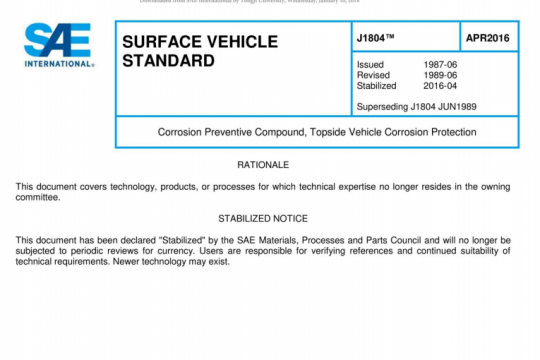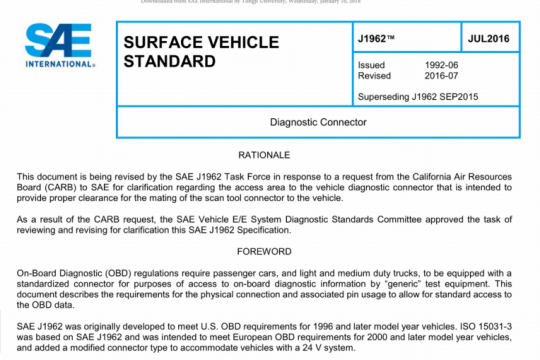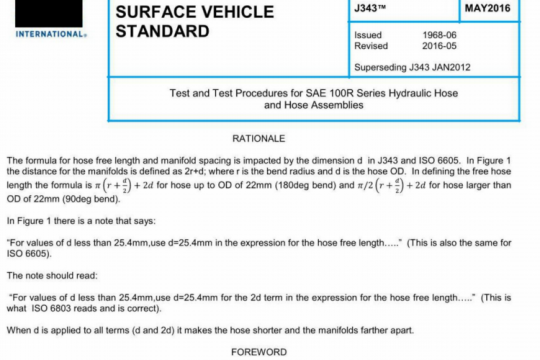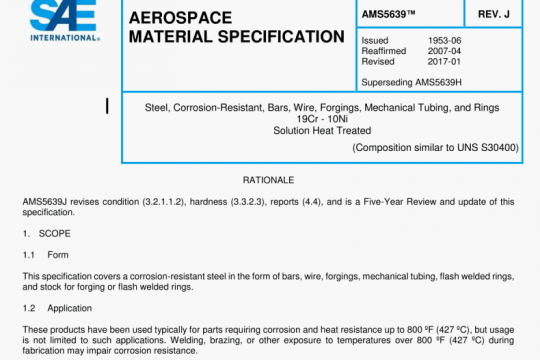SAE J1757-2:2018 pdf free
SAE J1757-2:2018 pdf free.Standard – Optical System HUD for Automotive
This SAE Standard provides measurement methods to determine HUD optical performance in typical automotive ambient lighting conditions. It covers indoor measurements with simulated outdoor lighting for the measurement of HUD virtual images. HUD types addressed by this standard includes W-HUD (windshield HUD) and C-HUD (combiner HUD) with references to Augmented Reality (AR) HUD as needed. It is not the scope of this document to set threshold values for automotive compliance; however, some recommended values are presented for reference.
A vertical plane projected through the centroid of an Eyellipse (see Appendix A for details). The Eyebox width and height limits are the Y (cross-car) and Z (Vertical) boundaries of the Eyellipse and used to define where the HUD virtual image can be seen by the population of driver’s eyes. (See Figure 2).
A vertical screen (physical object) with orthogonal horizontal (Y) and vertical (Z) rulings (graduated perpendicular lines) used to evaluate HUD virtual image qualities like luminance, size, color, virtual image distance from the Eyebox, X and Z adjustment ranges, and HUD Field of View (FOV).
Defined by the Eyebox; see Figures 2 a1 and a2 (Observer 1 Instrument Meter Locations) for details. The CE5 (Center),UE2 (Upper), LE8 (Lower), LFT 4 (Left), and R6 (Right) are the Eyebox measuring points and describe the front side of the sensor surface for positioning of optical instrumentation. The standardized measurement points for the virtual images are located on the paravan, as shown in Figure 1.
NOTE: The contrast ratio value is critical to determine display legibility in all ambient light conditions (daylight with and without direct sunlight and night). Contrast (and CR) at any ambient is influenced by road/ambient ilumination and reflections toward the display, and influences both background and measured information luminance.
A measuring device for luminance, uniformity, and color must be NIST (or National Standard Lab) traceable, with a 5% expanded uncertainty, with a coverage factor of two for luminance and +0.008 for color (UV); refer to SAE J1757-1 for details. Distance between observer and paravan must be measured with an uncertainty similar or better than optical meter requirements of 5%.SAE J1757-2 pdf free download.




